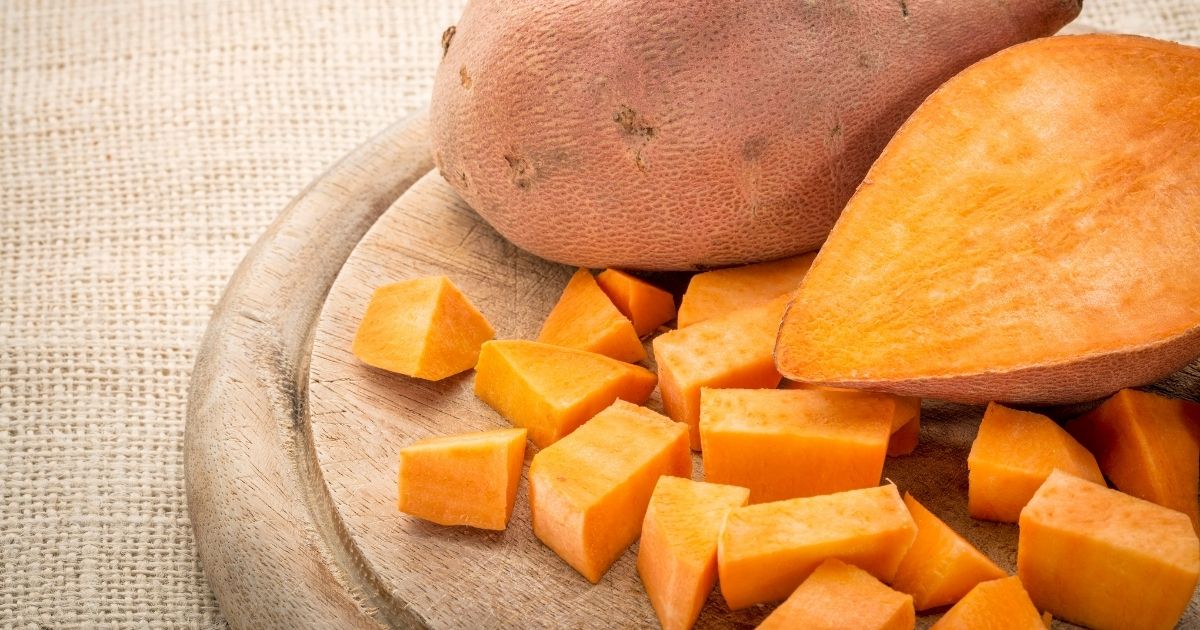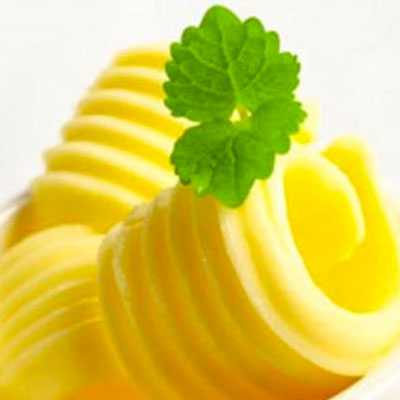A Storied Tradition: The Origin of Sweet Potato Casserole
Sweet potato casserole has long held its place on the American table, especially during the festive seasons of Thanksgiving and Christmas. Its origin can be traced back to the early 20th century when recipes began appearing in cookbooks, showcasing the delightful marriage of sweet potatoes with sugar and other sweet ingredients. Over time, various renditions of the dish started to emerge, with many families creating their own signature version of the casserole.
The Rise of the Marshmallow Topping
While the easy sweet potato casserole recipes have been widely embraced for their simplicity, it's the sweet potato casserole with marshmallows that truly captured the hearts of many. The fluffy marshmallow topping adds a layer of gooey sweetness, creating a delightful contrast to the rich, creamy filling beneath. It's believed that marshmallows were introduced to the dish in the 1910s, thanks to marketing efforts from marshmallow manufacturers. This addition turned out to be a hit, making the dish an even more popular feature at holiday feasts.
Modern Takes on a Classic Dish
Today, if you search for the best sweet potato casserole, you'll be greeted with a plethora of variations, from the classic marshmallow-topped version to those adorned with crunchy pecans. There are even luxurious renditions like the Ruth Chris sweet potato casserole that have become staples in upscale dining establishments. Regardless of its form, the enduring love for this dish signifies its importance in culinary history. Whether you're following a generations-old recipe for sweet potato casserole or experimenting with a modern twist, the essence of this beloved dish remains – a comforting blend of sweet, savory, and nostalgic flavors.
Is It Better To Boil Or Bake Sweet Potatoes For Casserole?
The method you choose for preparing sweet potatoes for a casserole — boiling or baking — depends on the texture and flavor profile you're aiming for. Each method has its advantages.
Boiling Sweet Potatoes:
- Texture: Boiling tends to make sweet potatoes softer and more moist. This can be useful for a casserole if you want to ensure a creamy, smooth texture.
- Time: Boiling is generally faster than baking, especially if you chop the sweet potatoes into smaller pieces before boiling.
- Flavor: Boiling might cause some dilution of the sweet potato's natural flavors because some of the nutrients and sugars can leach out into the water. However, this is often not very noticeable in the final casserole due to the other ingredients mixed in.
Baking Sweet Potatoes:
- Texture: Baked sweet potatoes retain a firmer texture compared to boiled ones. This can add a bit of structure to your casserole.
- Flavor: Baking can intensify the natural sweetness of the sweet potato. The caramelization that happens when baking can add depth to the flavor, which can enhance the overall taste of the casserole.
- Nutrient Retention: Baking might retain more of the sweet potato's nutrients since there's no water for them to leach into.
Conclusion: For a creamy and quick casserole, boiling might be the way to go. But if you prefer a deeper flavor with a slightly firmer texture, baking would be the better choice. Some cooks even use a combination of both methods or opt for steaming to get the benefits of quick cooking without losing as much flavor as boiling. Experiment with both methods to see which you prefer for your sweet potato casserole!
What's The Difference Between Sweet Potato Pie And Sweet Potato Casserole?
Sweet potato pie and sweet potato casserole are both beloved dishes that utilize sweet potatoes as their primary ingredient, but they differ in presentation, purpose, and some elements of preparation. Here's a breakdown of the differences:
1. Purpose and Presentation:
Sweet Potato Pie: This is a dessert, similar in concept to pumpkin pie. It's made by blending sweet potato puree with a mixture of eggs, sugar, milk (or evaporated milk), and spices. The mixture is then poured into a pie crust and baked until set.
Sweet Potato Casserole: While sometimes sweet enough to be a dessert, this dish is often served as a side during dinners, particularly for festive occasions like Thanksgiving. It may have a smooth consistency like mashed potatoes or be slightly chunkier, and it's commonly topped with a crunchy pecan streusel or marshmallows which are then baked until golden.
2. Ingredients:
Sweet Potato Pie: Generally contains sweet potatoes, sugar, butter, eggs, milk (or evaporated milk), vanilla, and spices such as cinnamon, nutmeg, and allspice. The mixture is usually smoother due to blending or mashing thoroughly.
Sweet Potato Casserole: Ingredients are similar to the pie (minus the pie crust) but might also include nuts like pecans for a topping or incorporate orange juice for added flavor. If using a marshmallow topping, it's typically absent of spices that would be found in the pie.
3. Texture:
Sweet Potato Pie: It has a smooth, custard-like texture similar to pumpkin pie.
Sweet Potato Casserole: The texture can range from smooth to chunky, depending on the recipe. Toppings like pecans or marshmallows add contrasting textures.
4. Serving:
Sweet Potato Pie: Typically served chilled or at room temperature in slices, much like any other pie. Often enjoyed with a dollop of whipped cream on top.
Sweet Potato Casserole: Served warm in spoonfuls directly from the casserole dish.
5. Origins and Tradition:
Both dishes have deep roots in Southern American cuisine and are particularly popular during the holidays. However, sweet potato pie has more cultural significance in African American traditions, often being a staple during family gatherings and celebrations.
In essence, while both sweet potato pie and sweet potato casserole showcase the rich, natural flavor of sweet potatoes, their preparation, presentation, and consumption contexts differ, making each unique in its own right.
Are Canned Yams And Sweet Potatoes The Same?
No, sweet potatoes and yams are not the same, though they are often used interchangeably, especially in the United States. Here are the primary distinctions between the two:
1. Botanical Differences:
Sweet Potatoes: They belong to the morning glory family, Convolvulaceae. They can vary in color from white to yellow, red, purple, or brown on the outside, and white, yellow, orange, or orange-red on the inside.
Yams: They are related to lilies and grasses and are native to Asia and Africa. The skin is rough and scaly, often brown or dark brown. The flesh can range from white or yellow to purple or pink in mature yams.
2. Taste and Texture:
Sweet Potatoes: They are sweet (as the name suggests) and moist. The orange-fleshed variety, in particular, is very sweet and creamy.
Yams: They are starchy and dry and not as sweet as sweet potatoes.
3. Culinary Uses:
Sweet Potatoes: Commonly used in a variety of dishes, from baked goods to casseroles and pies.
Yams: They are more commonly found in African, Caribbean, and Asian cuisine. They need to be cooked to be safely consumed due to naturally occurring toxins in some yams.
4. Nutritional Content:
Sweet Potatoes: Rich in fiber, vitamins (especially vitamin A), and antioxidants.
Yams: While they provide some nutrients, they aren't as nutritionally dense as sweet potatoes. They are a good source of fiber and potassium.
5. Availability:
Sweet Potatoes: Widely available in supermarkets in the U.S.
Yams: True yams are harder to find in American supermarkets but can be located in international grocery stores, especially those catering to African or Caribbean clientele.
6. Canned "Yams" Confusion:
In the U.S., canned sweet potatoes are often labeled as "yams." This labeling is misleading and dates back to when orange-fleshed sweet potatoes were introduced to the U.S. to differentiate them from the white-fleshed variety. If you're buying "yams" in a typical American grocery store, especially if they're canned, you're almost certainly purchasing sweet potatoes.
In conclusion, while yams and sweet potatoes are distinct, labeling practices, especially in the U.S., have led to a lot of confusion. If you're looking for a specific type for culinary or nutritional reasons, it's essential to know these differences and potentially seek out specialty stores for genuine yams.
Why Do You Put Eggs In Sweet Potato Casserole?
Eggs play several essential roles in sweet potato casserole, and their inclusion is not merely incidental. Here's why eggs are often added to sweet potato casserole:
Binding Agent: Eggs help bind the ingredients of the casserole together. The proteins in eggs coagulate when heated, which means they help give structure to the casserole and hold it together, preventing it from becoming too crumbly or falling apart when served.
Richness: Eggs introduce a creamy texture and rich flavor to the casserole. This richness complements the naturally sweet and creamy texture of the sweet potatoes.
Leavening: While sweet potato casserole is not a fluffy dish like a cake, the eggs do introduce a bit of lift. As the eggs cook and the proteins set, they can help the casserole rise slightly, making it less dense.
Color: Egg yolks can give the casserole a vibrant, golden hue, enhancing its visual appeal.
Nutrition: Eggs are a good source of high-quality protein, vitamins, and minerals. By including them in the casserole, you're adding nutritional value to the dish.
Moisture: Eggs provide additional moisture, ensuring the casserole doesn't dry out during the baking process.
While many sweet potato casserole recipes include eggs for the reasons listed above, there are also egg-free versions, especially for those with allergies or following specific dietary preferences. The choice of whether or not to use eggs will depend on the specific recipe and desired texture and flavor outcomes.
What To Serve with Sweet Potato Casserole?
Sweet Potato Casserole is a classic and flavorful dish. It goes well with a variety of main dishes. It's often served alongside roasted turkey, ham, or grilled chicken. The savory and sweet flavors create a wonderful balance on the plate. Here are some delicious options to serve alongside your Sweet Potato Casserole:
Roast Chicken or Turkey: Sweet Potato Casserole is often a staple at Thanksgiving and Christmas dinners, where it pairs beautifully with roast turkey or chicken. The savory meat complements the sweet and spiced flavors of the casserole.
Glazed Ham: The salty and savory profile of glazed ham contrasts wonderfully with the sweetness of the casserole. It's a popular choice for holiday meals.
Beef Roast: A tender and juicy beef roast, such as prime rib or roast tenderloin, is another great option. The richness of the beef complements the sweetness of the casserole.
Roasted Vegetables: Serve the casserole with a side of roasted vegetables like Brussels sprouts, carrots, or green beans. The roasted flavors and textures provide a nice contrast to the creamy casserole.
Mixed Green Salad: A fresh and crisp salad with a tangy vinaigrette can balance the richness of the casserole. Opt for a salad with mixed greens, dried cranberries, toasted nuts, and a light dressing.
Cranberry Sauce: Tangy and slightly tart cranberry sauce is a classic accompaniment to Sweet Potato Casserole. The flavors work well together, especially during holiday meals.
Grilled Salmon or Fish: For a lighter option, consider serving the casserole with grilled or roasted salmon or another type of fish. The sweet and savory notes of the casserole pair nicely with the delicate flavors of fish.
Creamed Spinach: Creamed spinach offers a creamy and savory counterpart to the casserole. It adds a touch of green and a velvety texture to the plate.
Dinner Rolls or Biscuits: Soft and buttery dinner rolls or biscuits are a classic side that complements the casserole. Use them to scoop up the delicious flavors.
Mashed Potatoes: While it might sound indulgent, the combination of Sweet Potato Casserole and mashed potatoes can create a comforting and satisfying plate.












































